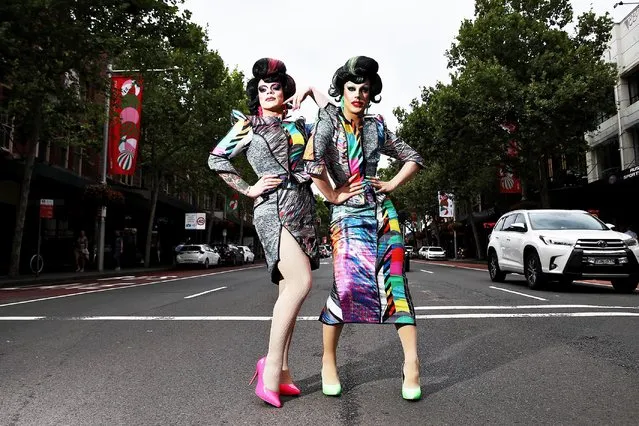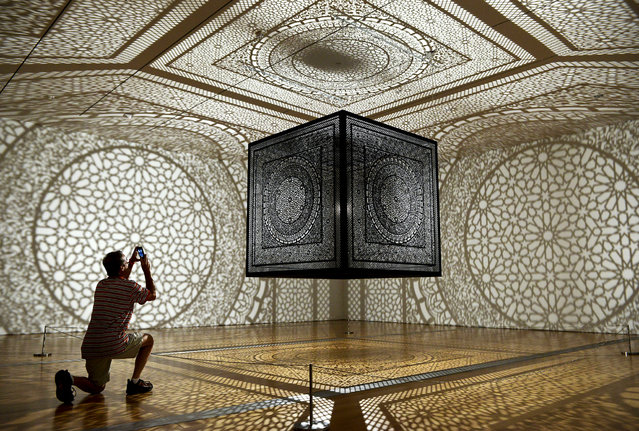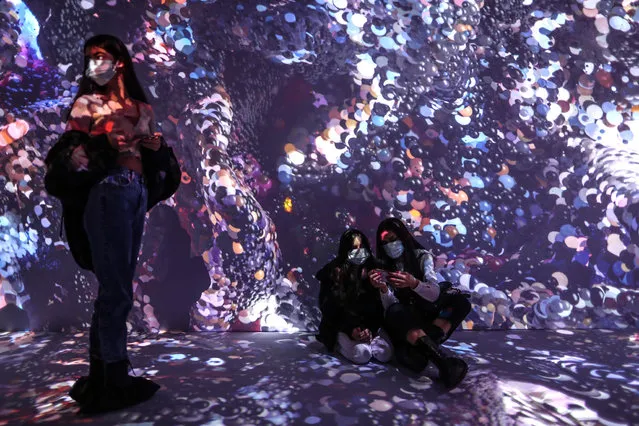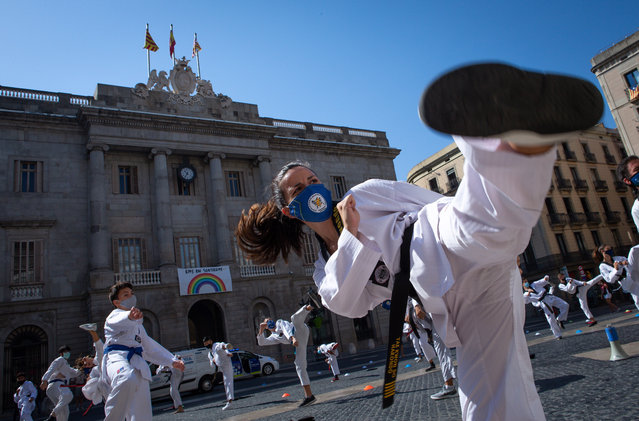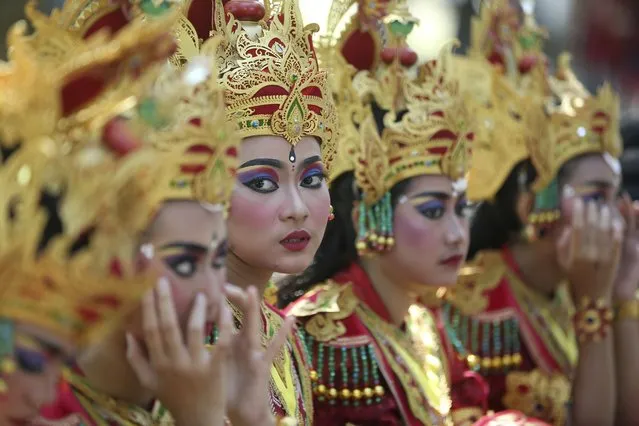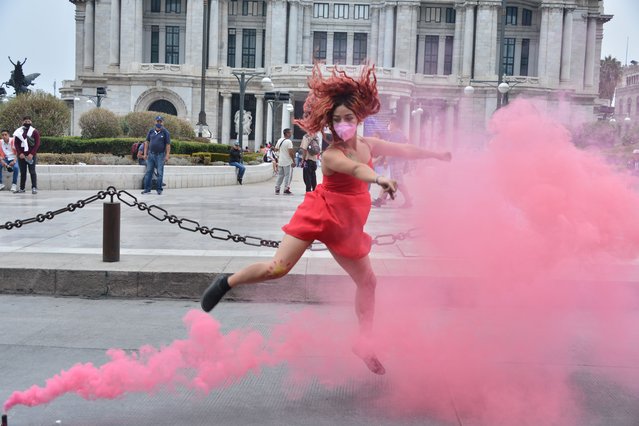
A participant takes part at performance of Mexican dance academy to protest against authorities due not allow freedom of labor union during the celebration of International Dance Day at Palace of Fine Arts (Palacio de Bellas Artes) on April 29, 2021 in Mexico City, Mexico. (Photo by Eyepix/NurPhoto/Rex Features/Shutterstock)
28 Jan 2022 07:40:00,post received
0 comments

